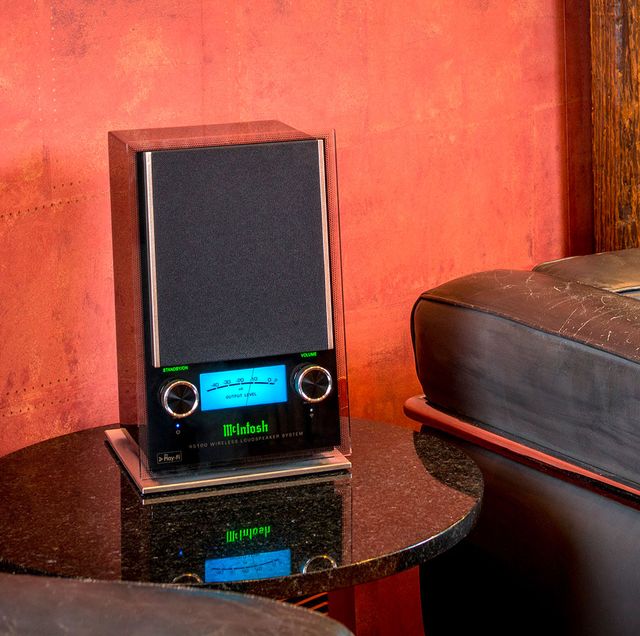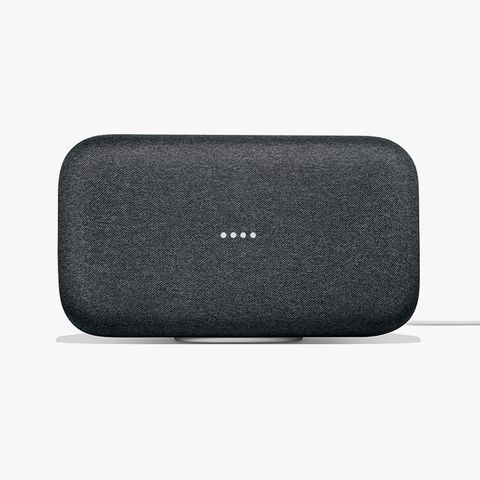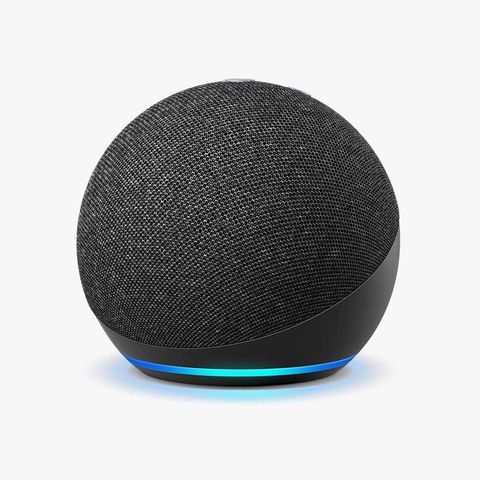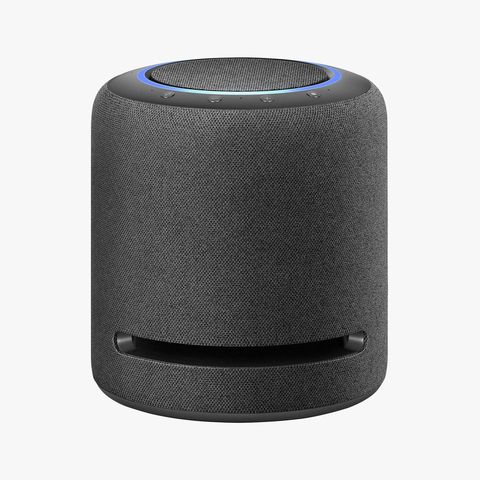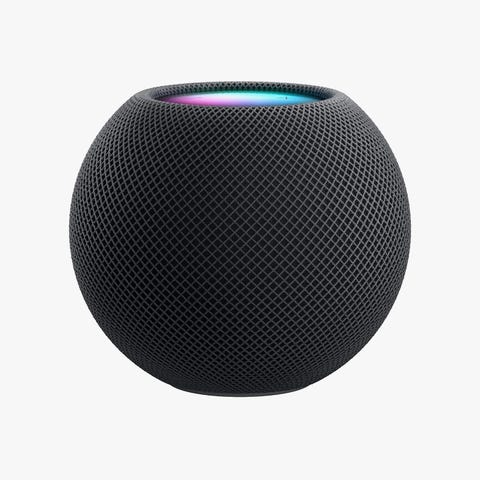When it comes to wireless multi-room speaker systems, Sonos has reigned king for some time. And while it still wears the crown, but it definitely has a lot of competition. That's because a number of audio companies have mimicked Sonos to a tee, creating their own multi-room streaming protocols; Bose's SoundTouch, Yamaha's MusicCast, Bowers & Wilkins’s Formation and Denon’s HEOS are all examples. And the big boys of Amazon, Google and Apple have gotten into the mix, too.
The problem is that most of these multi-room systems don't play nicely together. For example, you can't have an Echo and a Sonos speaker playing in the same setup. So if you want to have multiple speakers playing in unison through your house, you need to decide: which multi-room speaker system is right for you?
Before getting started, there are a few questions to ask: Are you looking for the best sound quality or multi-functionality, i.e. voice commands and smart home control? Do you have an iPhone or Android device? And if you want voice control, which music streaming service do you subscribe to? Whether it be Spotify, Apple Music, Amazon Music or Tidal, different voice assistants support voice commands to different services.
This guide identifies the most popular multi-room speaker systems to invest in right now, with one eye on the future: Aside from Sonos, each of these wireless streaming technologies work on an open network, allowing multiple speakers from various brands to stream high-quality music to different rooms in your house.
Why not Bluetooth? Bluetooth speakers are ideal for streaming music to one speaker at a time. Also, since they don’t require a network connection, you can stream Bluetooth anywhere (see our list of best portable Bluetooth speakers). The problem with Bluetooth is that it’s a low-energy streaming technology that compresses audio files — you’re listening to much less than CD-quality audio. There’s Bluetooth aptX, which can transmit CD-quality audio (16-bit/44.1kHz), but it requires both speaker and streaming device (probably your smartphone) to be compatible. It also can’t stream to multiple rooms in your house.
A Sonos Speaker System
What Is It? Sonos has been the industry leader for multi-room speakers since it launched the PLAY:3 ($299) all the way back in 2011. Three things have made this ecosystem so popular: sound quality, simplicity and longevity. And in the past few years, Sonos added both support for Amazon Alexa and Apple’s AirPlay 2 (although AirPlay 2 only works with Sonos’s newer speakers). If you have an Amazon Echo or an HomePod smart speaker, you’re now able to control your Sonos speakers with your voice using Alexa (here’s how to set it up) or Siri. You can also give Alexa voice commands directly through the Sonos One ($199) or Sonos Beam ($399), if you have either speaker.
The Good: Sonos speakers connect over a Wi-Fi network, meaning the streamed audio files aren’t compressed, like with Bluetooth — you’re able to listen to CD-quality audio (or better if you have Tidal). You can stream music from all of the major streaming services, including Spotify and Apple Music. And since software updates are as simple as updating an app on your phone, tablet or computer, the speakers are designed to last a lifetime. As for ease of use, the Sonos app walks you through the setup process and optimizes speaker output for your room. It’s straightforward and easy thanks to its built-in TruePlay Speaker Tuning Software. Adding additional Sonos speakers to your system is a breeze, too, and it’s also cheaper, than ever; thanks to the new Sonos x Ikea partnership, you can buy the Symfonisk Bookshelf Speaker for as little as $99.
Watch Out For: Older Sonos speakers do not support AirPlay 2. If you want to connect a non-Sonos speaker to your Sonos system, you have to use a Sonos Port ($449) or Sonos Amp ($499), both of which are pretty expensive components.
A Google Chromecast Speaker System
What Is It? Chromecast is Google’s wireless streaming technology for multi-room audio. It’s grown rapidly in popularity with the introduction of the Google's smart speakers, like the current Nest Audio (or older speakers like the Google Home, Home Max and Home Mini). All speakers with Chromecast built-in can be integrated into a multi-room system. Some of them, if integrated with Google Assistant, respond to voice commands.
The Good: There is a growing number of speakers, soundbars and televisions by a variety of manufacturers (such as Bang & Olufsen, Pioneer, Sony and Vizio) that are integrated with Chromecast. This gives you more flexibility to mix and match speakers from various brands together and play the entire system in unison. A
Watch Out For: It’s important to note that Google Cast and Chromecast speakers are different and can’t be grouped together in a multi-room system. Speakers with built-in Chromecast or connected with a Chromecast Audio streaming puck can be controlled via Nest Audio or by your phone’s Google Assistant right now.
An Amazon Alexa Speaker System
What Is It? All of Amazon's Echo speakers now support multi-room audio playback so, if you have several Echo devices (including the Echo, Echo Plus, Echo Studio, Echo Dot and Echo Show), you can designate each speaker as its own separate room, or sync them together in a one-room setup.
The Good: All speakers that work with Amazon’s Multi-Room Music have Alexa built into them, meaning you can change the music with your voice from anywhere; as opposed to the Sonos One, which is the only speaker in a Sonos multi-room system that will respond to voice controls (unless there’s another Sonos One). The cost of entry is very low — you can get two Echo Dots for less than $100. And setting up a multi-room system is pretty easy — here’s how.
Watch Out For: Sound quality. Even though the fourth-generation Amazon Echo sounds better than the original, it’s still not great. And the Echo Studio is the only smart speaker that can play true lossless tracks, like from Amazon Music HD. It’s important to note that Amazon has also licensed out Alexa support to other third-party speakers, like the Sonos One or the Sonos Beam, but those can’t be connected to the same multi-room audio system as your other Echo speakers. Also, in order to use Alexa voice commands, you’ll need to be an Amazon Prime Music, Amazon Music Unlimited or Spotify subscriber.
An AirPlay 2 Speaker System
What Is It? AirPlay 2 is Apple's second-generation streaming protocol and it's different than the original AirPlay because it actually supports multi-room streaming. It’s really easy to control via your iPhone, Mac or HomePod. And a lot wireless speakers made by different manufacturers – not just ones made by Apple – support AirPlay 2. meaning you can mix and match speakers from different manufacturers and have them all play music together.
The Good: If you’re locked into Apple's ecosystem, meaning you own an iPhone, Mac and Apple TV, and you subscribe to Apple Music (or just have a vast iTunes library), buying a multi-room speaker system around AirPlay 2 is probably your best bet. You can easily group various AirPlay 2 speakers together via the Home app; you can also ask Siri on your iPhone or Mac play music or podcasts throughout the multi-room speaker group. Also, since the HomePod and HomePod mini are AirPlay 2 speakers with Siri baked right in, you can use it as the smart speaker in a multi-room group (sort of like Sonos One in a Sonos multi-room group, but with Siri instead of Alexa.)
Watch Out For: Not all speakers that supported AirPlay also support AirPlay 2, meaning they can’t play in a multi-room speaker system. If you have an older AirPlay speaker, do some research and check to see if it can be updated (over Wi-Fi) to support AirPlay 2.
A DTS Play-Fi Speaker System
What Is It? You probably know DTS from the movies; the logo appears in a ton of opening and closing credit sequences. The company has been developing immersive sound technologies for cinemas and films since the early ’90s. Play-Fi is DTS’s audio streaming technology and it’s arguably Sonos’s biggest competitor. The major difference between the two is that DTS isn’t actually a speaker manufacturer. Instead, it licenses out its Play-Fi technology to a whole host of speaker manufacturers, including McIntosh, Definitive Technology, Klipsch, Pioneer and Rotel. (You can see the full list of partners here.)
The Good: Just like with Sonos speakers, Play-Fi speakers connect over a local Wi-Fi network. You can play music through an app, or directly through Spotify, and you can separate various speakers into different rooms. Unlike Sonos, however, because there are a wide variety of Play-Fi speaker manufacturers, you can mismatch different speakers and have them all easily play on the same multi-room sound system. Basically, you get more options and you’re not tied down to one speaker manufacturer. Various Play-Fi speakers are compatible with Spotify Connect and AirPlay 2.
Watch Out For: There are actually aren't that many standalone wireless speakers that support Play-Fi, but the ones that do are very expensive. Also, there are only a few DTS Play-Fi-enabled speakers that “work with Alexa” — none have the virtual assistant built directly in the speaker
